The ancient Maya civilization, renowned for its advanced astronomical knowledge and intricate calendar systems, has long been associated with the infamous "2012 doomsday prophecy." For years, popular culture propagated the idea that the Maya predicted the end of the world on December 21, 2012, when their Long Count calendar completed a major cycle. However, recent scholarly interpretations have debunked this apocalyptic narrative, revealing a profound misunderstanding of Maya cosmology. Far from forecasting global annihilation, the Maya viewed this date as a moment of renewal—a transition into a new era rather than a catastrophic finale.
The Maya Calendar: A Misunderstood Legacy
The Maya developed one of the most sophisticated calendrical systems in human history, intertwining multiple cycles to track time with remarkable precision. Their Long Count calendar, which spans roughly 5,125 years, was designed to mark vast epochs, much like how we measure centuries or millennia. The completion of the 13th baktun (a unit of time in the Long Count) on December 21, 2012, was erroneously interpreted as a prophecy of doom. In reality, Maya inscriptions and codices suggest they saw time as cyclical, with each period ending not in destruction but in rebirth. This perspective aligns with their broader worldview, which emphasized balance, continuity, and the interconnectedness of cosmic cycles.
Archaeological Evidence and Epigraphic Insights
Recent breakthroughs in deciphering Maya glyphs have shed light on their true beliefs about calendar transitions. Epigraphers studying stelae and pottery inscriptions from sites like Palenque and Tikal have found no references to an impending apocalypse. Instead, these texts describe rituals and ceremonies intended to ensure a smooth passage into the next cycle. For instance, a monument known as Tortuguero Monument 6—often cited in doomsday theories—actually commemorates a future event involving the Maya god Bolon Yokte, a deity associated with creation and renewal. The inscription’s fragmented nature led to early misinterpretations, but contemporary scholars now agree it speaks of transformation, not termination.
Cultural Context: Cyclical Time vs. Linear Apocalypse
The Western fixation on apocalyptic endings starkly contrasts with the Maya’s cyclical conception of time. While Judeo-Christian traditions often envision history as a linear march toward a final judgment, Mesoamerican cultures perceived time as an endless spiral of repeating patterns. This fundamental difference explains why the 2012 phenomenon resonated so deeply in the West while remaining a non-event in modern Maya communities. For descendants of the Maya, the calendar’s turnover was akin to flipping a cosmic page—a symbolic reset rather than a cataclysmic rupture. Anthropologists working with contemporary Maya groups note that their elders never spoke of an impending doomsday but instead emphasized the importance of maintaining harmony with natural and celestial rhythms.
Media Sensationalism and the 2012 Phenomenon
The distortion of Maya cosmology into a Hollywood-style doomsday scenario reveals more about modern anxieties than ancient beliefs. In the late 20th century, New Age authors and conspiracy theorists began weaving the 2012 date into narratives of global upheaval, capitalizing on millennial fears. Blockbuster films and sensationalist documentaries amplified these ideas, drowning out scholarly voices. Ironically, this misinterpretation overshadowed the Maya’s genuine astronomical achievements, such as their precise calculations of Venusian cycles and solar eclipses. The frenzy reached its peak in 2012, when survivalist markets boomed and countless media outlets ran stories about "the Maya prophecy," despite unanimous reassurances from archaeologists.
Rediscovering Maya Wisdom in the 21st Century
As we move further beyond 2012, researchers are reclaiming the Maya’s intellectual legacy from the shadows of misinformation. Their calendar systems, far from being tools of doom, reflect a deep understanding of celestial mechanics and a reverence for time’s regenerative nature. Modern astronomers still marvel at how Maya scribes tracked planetary movements without telescopes, and how their mathematics incorporated the concept of zero centuries before Europe. This reassessment invites us to appreciate indigenous knowledge systems on their own terms—not as exotic curiosities or sources of apocalyptic lore, but as sophisticated frameworks for understanding the universe.
The enduring lesson of the Maya "doomsday" myth may lie in its exposure of cultural projection—how easily we imprint our own fears onto ancient symbols. By disentangling fact from fiction, we honor the Maya not as prophets of catastrophe, but as brilliant chroniclers of time’s eternal dance. Their calendars remind us that endings are always beginnings in disguise, and that the cosmos operates on rhythms far grander than our fleeting anxieties.
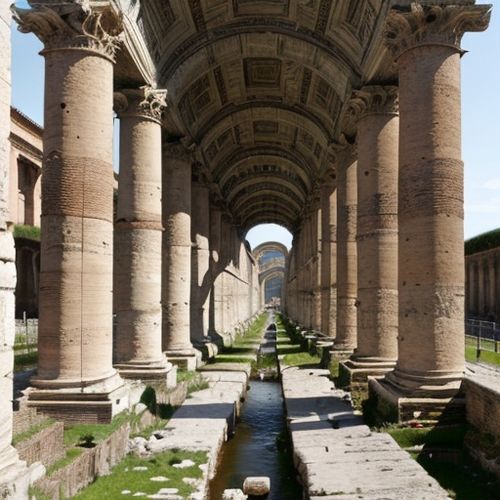
By Victoria Gonzalez/Apr 10, 2025
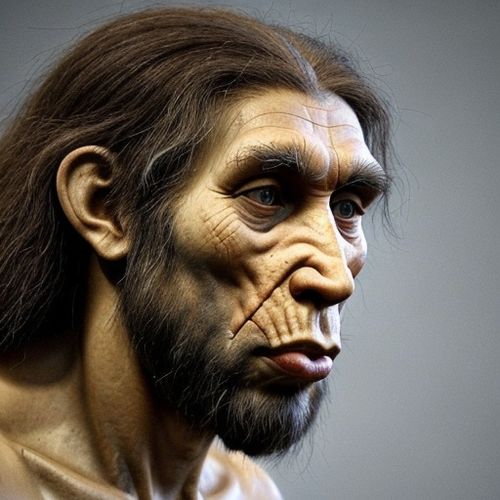
By Joshua Howard/Apr 10, 2025
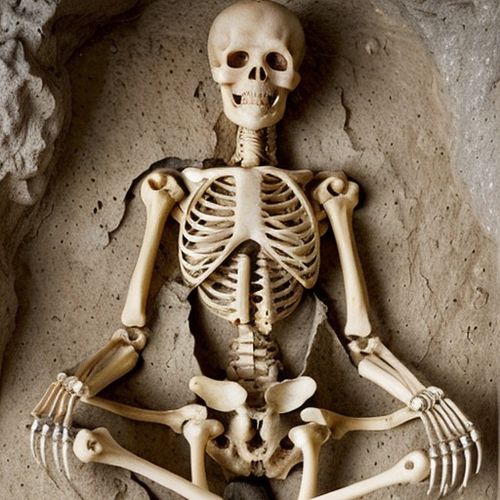
By Noah Bell/Apr 10, 2025
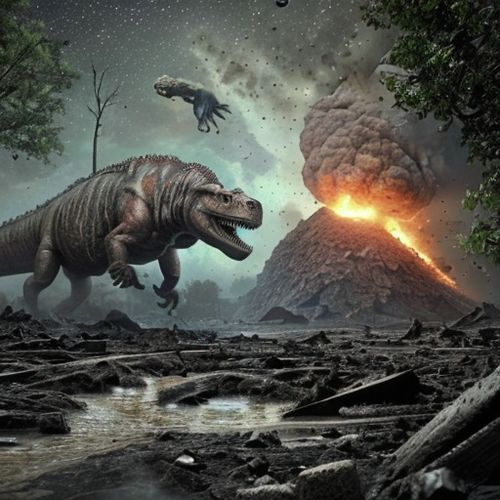
By Emily Johnson/Apr 10, 2025
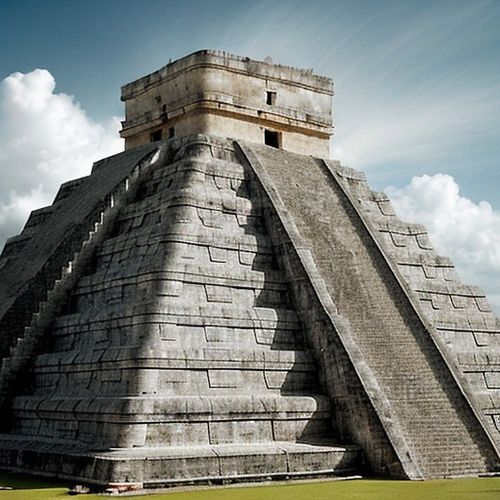
By Eric Ward/Apr 10, 2025
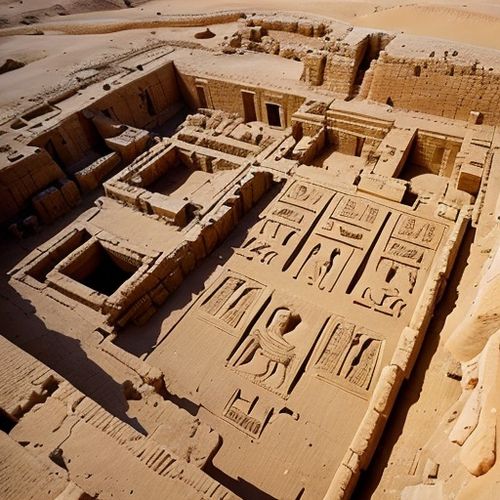
By Megan Clark/Apr 10, 2025

By Samuel Cooper/Apr 10, 2025

By Daniel Scott/Apr 10, 2025

By Emma Thompson/Apr 10, 2025

By Rebecca Stewart/Apr 10, 2025

By Lily Simpson/Apr 10, 2025

By John Smith/Apr 10, 2025

By John Smith/Apr 10, 2025

By Samuel Cooper/Apr 10, 2025

By John Smith/Apr 10, 2025

By Rebecca Stewart/Apr 10, 2025
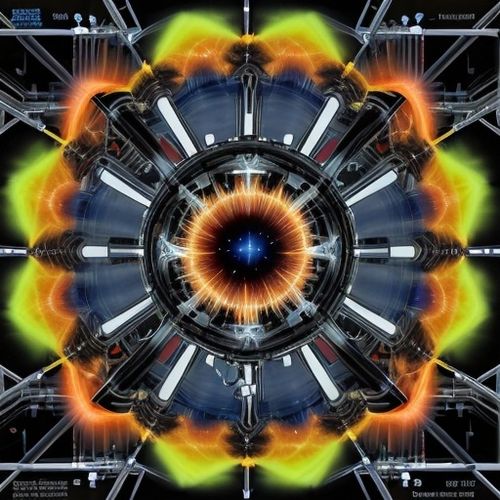
By Joshua Howard/Apr 10, 2025